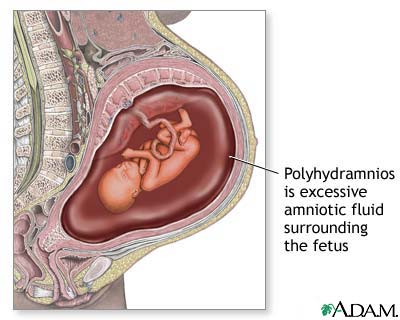Chronic obstructive pulmonary disease
Chronic obstructive pulmonary disease (COPD) is a chronic illness in which air flow to the lungs is limited.
COPD usually results from:
- Chronic bronchitis
- Emphysema
- Chronic asthma
All three of these diseases limit air flowing in and out of the lungs. Chronic bronchitis and emphysema happen most often in people who have been smoking for a long time. Chronic asthma happens when airways in the lungs are very sensitive to substances in the outside air.
Symptoms of COPD
Symptoms of COPD are like those of chronic bronchitis, emphysema and chronic asthma:
Symptoms of Chronic Bronchitis
- Coughing
- Shortness of breath
- Sputum (mucus) production
- Wheezing
Symptoms of Emphysema
- Shortness of breath, especially during activity
- Very rapid breathing
- Minor, dry cough
- Weight loss from difficulty breathing
Symptoms of Chronic Asthma
- Wheezing
- Cough
- Shortness of breath
Who is most likely to develop COPD?
People who smoke are the most likely to develop COPD. In some cases, COPD may be inherited (passed on to the person).
Diagnosis and tests
A health care provider can perform tests to see if you have COPD. First you will be asked about your symptoms, smoking habits and exposure to pollutants and other irritants. Lung tests are used to measure how much air your lungs take in and out. Your health care provider may also take a sample of blood, chest X-rays, an electrocardiogram, CT scan and sputum (mucus) culture. You may have to go back to repeat some of the tests.
Can COPD be cured?
COPD cannot be cured. With treatment, the symptoms of COPD can be lessened and quality of life improved.
Prevention of COPD
COPD cannot always be prevented. However, smoking is the most common cause of chronic bronchitis and emphysema. If you smoke, quit.
Treatment
Treatment for COPD is ongoing. A number of therapies are used to relieve symptoms. Medicines, given as pills, liquids and inhalers, are used to:
- Open airways in the lungs
- Loosen mucus
- Fight lung infections
Oxygen therapy may be used to increase oxygen in the blood. Symptoms are also lessened through:
- Regular exercise, such a walking, to reduce shortness of breath
- Breathing exercises to get more oxygen into the lungs and to relieve strain on chest muscles
- Relaxation exercises to reduce stress that can cause shortness of breath
- Quitting smoking
- Learning ways to avoid irritants in the air
- Learning ways to conserve energy when doing daily tasks






